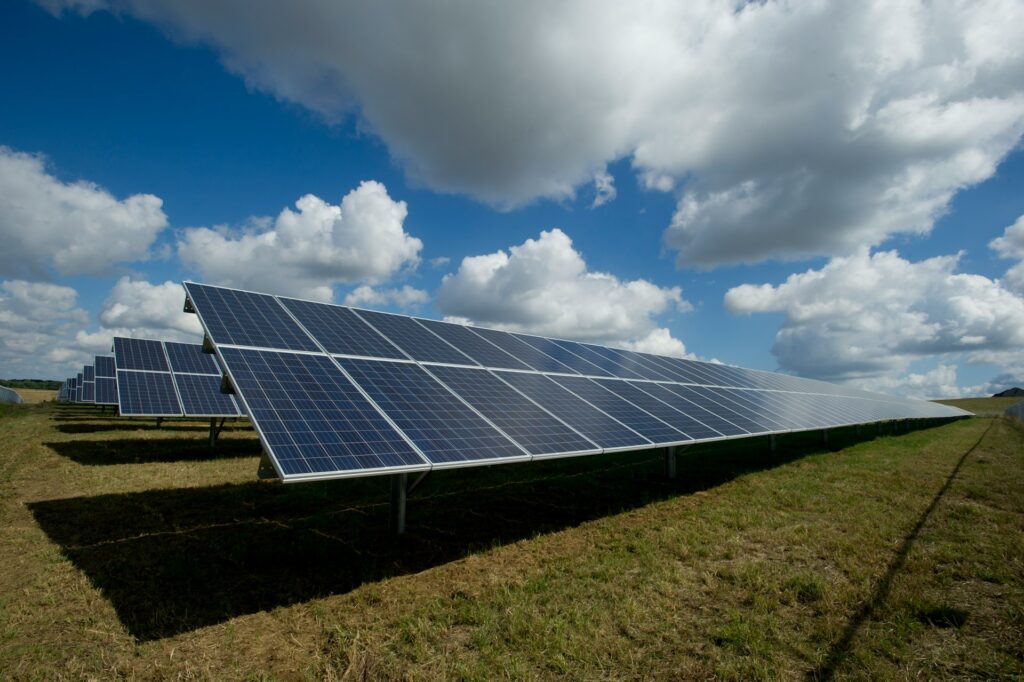Solar energy, hailed as a beacon of sustainable power, not only illuminates our homes but also highlights the path toward a greener future. However, as the lifecycle of a solar panel draws to a close, the question of environmental responsibility comes to the fore. The recycling of photovoltaic (PV) panels is a testament to the renewable energy industry’s commitment to sustainability, ensuring that the benefits of solar power extend beyond electricity generation. This article delves into the intricate process of solar panel recycling, revealing how end-of-life panels are transformed back into valuable resources.

The importance of recycling solar panels
Solar panels are marvels of engineering, capable of converting sunlight into electricity for decades. However, when their operational life ends, they do not become mere waste. Instead, these panels enter a sophisticated recycling process that underscores the solar industry’s environmental stewardship. With components made of glass, aluminum, copper, and even silver, solar panels are a treasure trove of recyclable materials. The European Union, through the Waste Electrical and Electronic Equipment (WEEE) Directive, mandates solar panel manufacturers to take responsibility for the end-of-life phase of their products, ensuring a closed-loop system that reinforces the principles of sustainability.
The recycling process
Collection and dismantling: The journey of a solar panel from a rooftop to recycling begins with its collection and dismantling. Specialized companies are often tasked with retrieving these panels, ensuring that they are handled with care to preserve the value of the materials contained within.
Mechanical treatment: Once collected, the solar panels undergo mechanical processing to separate their various components. This step is crucial for breaking down the panels into materials that can be individually recycled. The aluminum frame, glass, and precious metals like copper and silver are carefully extracted and prepared for further processing.
Material recovery: The separated materials embark on different paths, each leading to a new lease on life. Aluminum, known for its durability and lightweight properties, finds its way back into the manufacturing sector, perhaps even to become part of new solar panels or other products. Glass, another major component of solar panels, is recycled and can be used in various applications, from new photovoltaic modules to building materials. Precious metals, scarce and valuable, are reclaimed with precision, ready to be reused in electronic devices and other high-value applications.
Thermal and chemical treatments
Beyond mechanical separation, solar panels are subjected to thermal and chemical treatments designed to optimize material recovery. These processes are especially important for extracting silicon, used in the solar cells themselves, and other trace elements. Through these treatments, even the smallest quantities of valuable materials can be salvaged and repurposed, contributing to the circular economy.
Challenges and opportunities
Despite the high recyclability of solar panels, the industry faces challenges, such as improving the efficiency and cost-effectiveness of recycling processes. As the volume of solar panels reaching the end of their life increases, so does the opportunity to innovate and enhance recycling technologies. The future of solar panel recycling lies in the development of more advanced methods that can recover even more materials with greater efficiency.
Solar panel recycling represents a crucial aspect of the renewable energy sector’s commitment to environmental sustainability. By reclaiming up to 95% of a panel’s materials, the industry not only reduces waste but also ensures that the components are reused in a manner that conserves natural resources and minimizes environmental impact. This green journey from production to recycling exemplifies the true potential of solar energy as a pillar of a sustainable future.

 Open Immovlan
Open Immovlan